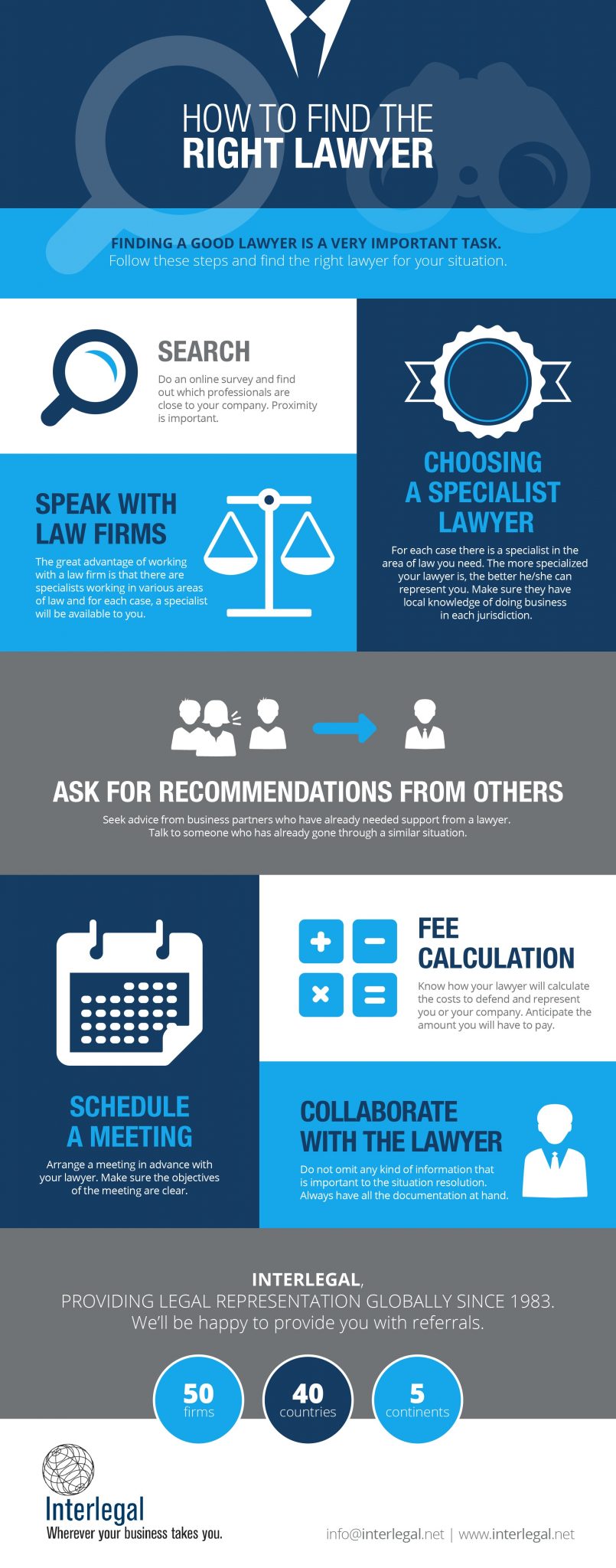Recognizing The Criminal Test: A Comprehensive Step-By-Step Failure
Recognizing The Criminal Test: A Comprehensive Step-By-Step Failure
Blog Article
Article Writer-Dickens Clements
When you enter a criminal test, you may be amazed by the structured procedure that unravels. It all starts with jury choice, where prospective jurors are scrutinized for prejudices through a method called "voir dire." After that, both sides provide their opening statements, setting the stage for the evidence and statements to adhere to. You'll see exactly how the prosecution and protection develop their instances, however what occurs next can significantly impact the result. Comprehending these stages can reveal the intricacies of justice, however there's more to uncover concerning the critical moments that follow.
Court Selection Refine
When it concerns the jury choice process, you're diving into an essential phase of a criminal test. This process, often called "voir dire," entails wondering about potential jurors to ensure they're honest and capable of delivering a fair decision.
https://wbsm.com/new-bedford-councilor-hugh-dunn-not-guilty-drunk-driving/ 'll see both the prosecution and defense attorneys taking part actively, each intending to pick jurors that line up with their case's narrative.
Throughout voir dire, you'll see that lawyers ask questions concerning jurors' histories, beliefs, and experiences. Their objective is to identify any type of pre-existing predispositions that might affect a juror's decision. As a juror, you might really feel a mix of anxiety and inquisitiveness, yet your honesty is vital.
After examining, lawyers can test specific jurors for reason if they think a juror can not remain objective. They can also utilize a restricted number of peremptory difficulties to dismiss jurors without specifying a reason.
Test Phases Explained
The phases of a criminal test play a vital role in ensuring a reasonable and organized process.
You'll initially come across the opening statements, where both the prosecution and protection describe their cases. This sets the stage for what's to find.
Next, the prosecution presents its evidence and witnesses, intending to prove the defendant's shame beyond a practical uncertainty. You'll see direct exam followed by interrogation, enabling both sides to test the here and now info.
After the prosecution rests its instance, it's the protection's turn. They'll present their evidence and witnesses, frequently concentrating on developing reasonable doubt. You'll see that the protection does not have to confirm innocence; they simply require to test the prosecution's case.
Once both sides have offered their debates, you'll hear closing declarations, where each event summarizes their case. This is critical as it reinforces their settings prior to the court deliberates.
Throughout these phases, the court makes sure that the test adheres to lawful requirements and that the civil liberties of both celebrations are secured.
Recognizing these stages will aid you value the complexities associated with a criminal test and the relevance of each step in the quest of justice.
Verdict and Punishing
Besides evidence has been presented and arguments made, the court or court delivers a verdict, identifying the defendant's guilt or innocence. If you become part of the jury, you'll mull over with your other jurors, discussing the evidence and your impressions. This procedure can require time, as you'll want to guarantee every person agrees on the judgment based upon the truths.
Once a decision is gotten to, it's revealed in court. If the accused is found guilty, the next stage is punishing. navigate to this site is when the court determines the ideal punishment. You might notice that different factors affect the sentence, such as the severity of the crime, the accused's past document, and any kind of mitigating situations.
The court may enforce a variety of sentences, from fines and social work to jail time. Occasionally, the defense or prosecution can provide disagreements regarding sentencing, trying to guide the judge's choice.
If the accused is found not guilty, they're acquitted, and no punishment complies with. Remember that a guilty decision can usually result in appeals, where the defendant may challenge the verdict or the sentence enforced.
Conclusion
In a criminal trial, you have actually seen just how important each action is, from jury selection to the last verdict. You have actually followed the prosecution and protection as they develop their cases, aiming to convince the court. Once deliberation wraps up, the decision determines the end result, and if the accused is condemned, the sentencing phase begins. Comprehending these procedures assists you appreciate the complexities of the justice system and the importance of each duty in guaranteeing a fair trial.
